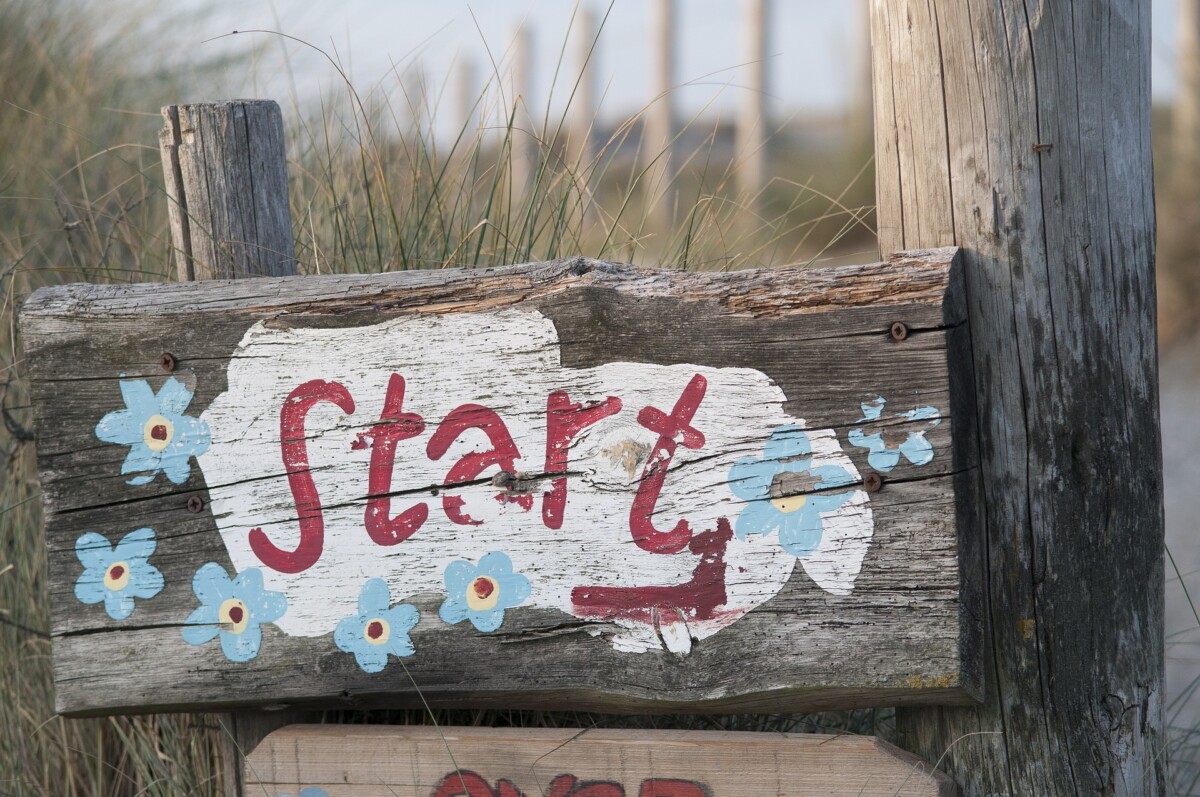Part 5 of 5 of: Planning your Semester, Pt. 2
Greetings,
This week, we wrap up our summer series with two tasks that will get your course up and running before the start of the semester. These tasks involve setting up your dynamic course content as well as your first few assignments.
Task 1: Customize your Posts
- Read through the posts that come pre-loaded in the new course template. By default, these are published all together in the Home page.
- Note the function of these posts. Unlike pages, which you used last week to publish static content including your syllabus and course policies, posts are used to convey dynamic content, new information that will be updated throughout the semester.
- Note that these pre-written template posts have 6 categories: Announcements, Surveys and Quizzes, Discussions, Student Work, Assignment Instructions, and Class Agendas. These categories can be accessed from the main navigation menu and can always be edited.
- Edit each of these posts, adapting them to your course’s needs. You may decide that you don’t need some of the posts, in which case you can delete them.
- Note: if you cloned a model course, please read through our faculty teaching module. You’ll want to update the cloned posts and make sure you are these posts’ author (Dashboard>Posts>Author and select yourself from the drop-down).
Task 2: Design Student Assignments
- Consider the kinds of assignments that are best for remote/ hybrid learning.
- Note that students may have limited access to technological resources, and may be constrained in the kind of work they can submit.
- Read the Designing Assignments section in OpenLab help for links to example assignments created by your colleagues.
- Check out this great resource on Assignment Design for Teaching Online by the Baruch Center for Teaching and Learning.
- Design a few more assignments for your semester.
- Decide how you will collect student work:
- First answer the following questions:
- Do you want students to submit work you can read directly on your Course Site, or files that you can download onto your computer?
- Do you want students to be able to see and respond to each other’s work?
- What kind of feedback do you want to provide?
- Read through the different ways you can receive student work on the OpenLab. Based on your answers to the questions above, select the way(s) you will receive student work on the OpenLab.
- First answer the following questions:
- Once you have designed a few more assignments and decided how students will submit them, draft additional assignment instruction posts. Remember that you can save these posts as drafts for now, and schedule them to be published at a later date.
That’s it! You are now well-equipped to start the semester on the OpenLab.
If you want to review this or previous week’s tasks, visit the archive on The Open Road.
Cheers,
The OpenLab Community Team
See the full 5-part series on The Open Road.




